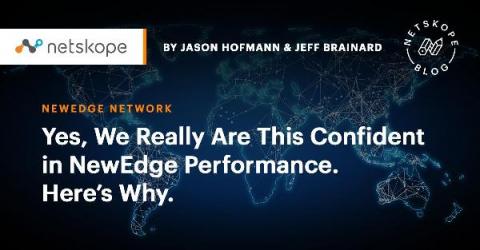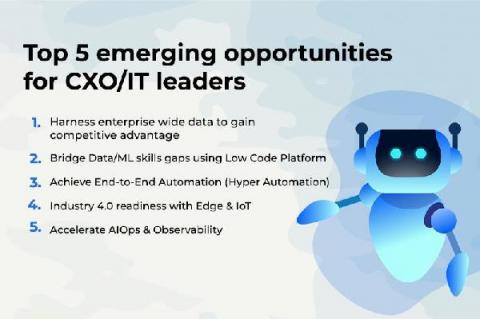Yes, We Really Are This Confident in NewEdge Performance. Here's Why.
Over the last year, we’ve made tremendous progress expanding NewEdge to provide Netskope customers with the global coverage they demand. We have real, full-compute data centers in nearly 50 regions today and plans to go live with our Lima, Peru data center in early October (which will be our fifth in Latin America).











